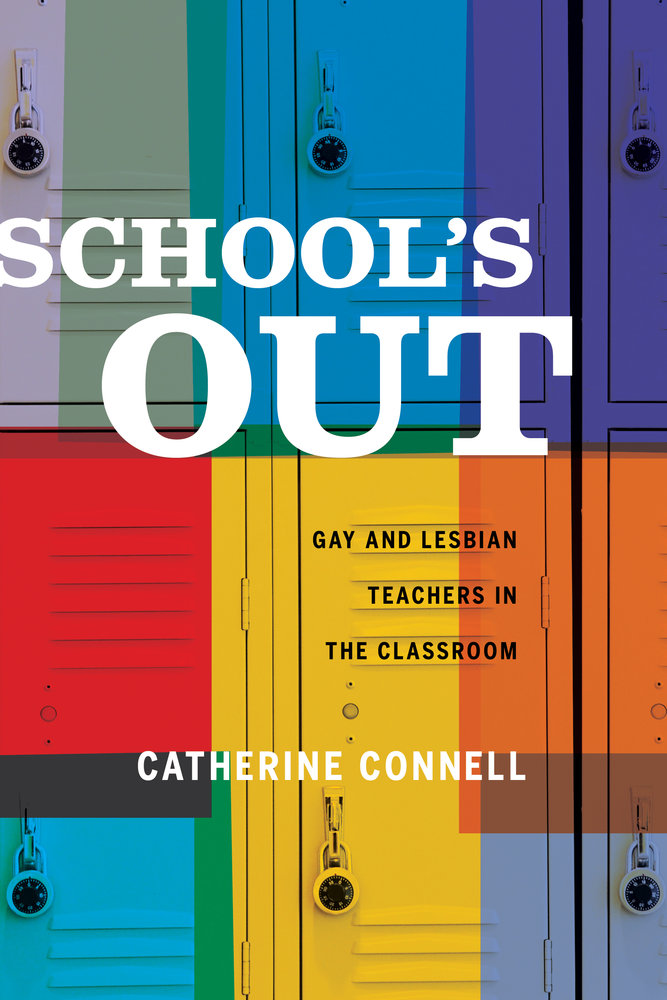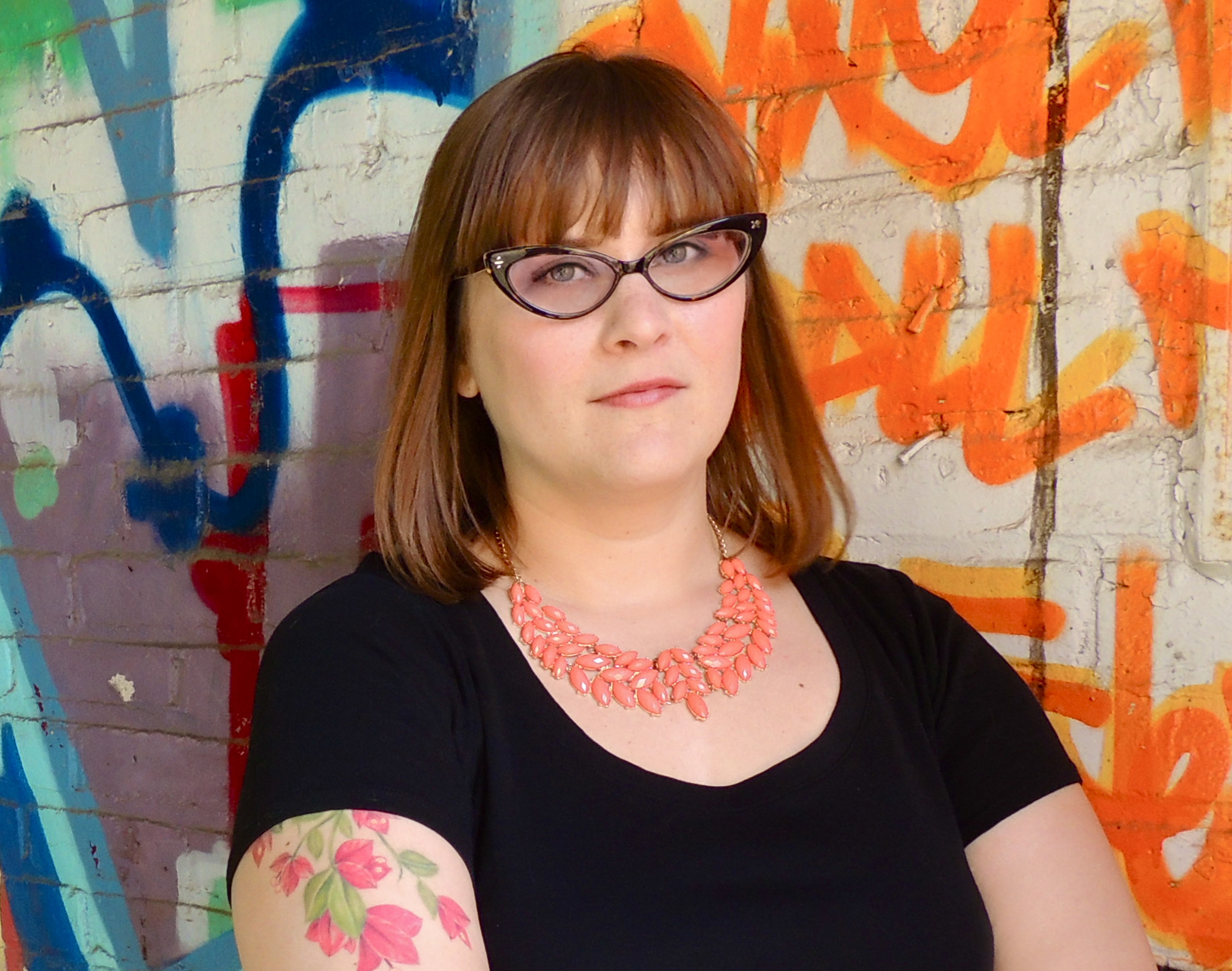In a recent article in The Atlantic, writer and Teach For America alum Amanda Machado considered the difficulties of being an LGBT teacher in the contemporary US. Machado spoke to a number of teachers who struggle with how, when, or even whether to come out to their students and colleagues.  Their stories closely mirror those of the gay and lesbian teachers I interviewed for my recent book, School’s Out: Gay and Lesbian Teachers in the Classroom. I interviewed 45 gay and lesbian teachers for the project; because I was interested in knowing how context matters for their experiences, about half of the interviews were with teachers in California, a state with multiple legal protections for LGBT teachers, and the other half in Texas, a state with none – LGBT teachers (and all non-federal employees, in fact) can be fired for their sexual identity in the state. In addition to varying the legal context, I also varied school level (elementary, middle, and high school), community (rural, suburban, and urban areas), and school size (small, medium, and large student populations). Across these varied settings, a common theme emerged—gay and lesbian teachers struggle to integrate the dictates of gay pride with the demands of teaching professionalism.
Their stories closely mirror those of the gay and lesbian teachers I interviewed for my recent book, School’s Out: Gay and Lesbian Teachers in the Classroom. I interviewed 45 gay and lesbian teachers for the project; because I was interested in knowing how context matters for their experiences, about half of the interviews were with teachers in California, a state with multiple legal protections for LGBT teachers, and the other half in Texas, a state with none – LGBT teachers (and all non-federal employees, in fact) can be fired for their sexual identity in the state. In addition to varying the legal context, I also varied school level (elementary, middle, and high school), community (rural, suburban, and urban areas), and school size (small, medium, and large student populations). Across these varied settings, a common theme emerged—gay and lesbian teachers struggle to integrate the dictates of gay pride with the demands of teaching professionalism.
Some would argue that LGBT teachers who come out to students violate the expectations of teaching professionalism by exposing children to unnecessary displays of sexuality. Look no further than the comments on The Atlantic piece for ample evidence of this discourse! Of course, this position neglects the fact that heterosexual teachers put their own sexualities similarly on when they talk about or display pictures of their spouses and children. In the US, teachers have always faced intense levels of moral scrutiny. Gay and lesbian teachers feel even more under the microscope than others. As a result, they struggle with unsupportive administrators and fears of discrimination and harassment, just as Machado describes.
What Machado discusses less directly, however, is the countervailing pressure gay and lesbian teachers feel to live up to the expectations of gay pride. Today, LGBTs are expected to be “out and proud” at all times—this 2013 Huffington Post article by Margaret Cho explains why many feel so strongly about it. While there are compelling reasons to encourage coming out, as Cho enumerates, the insistence that coming out is a political responsibility for LGBTs has its drawbacks. Symbolically, it reinforces very black and white definitions of sexuality—the language of coming out suggests an “always was and always will be” model of sexual or gender identity, which may not be true for all people and limits the possibilities of sexual and gender fluidity. On a more practical level, the dictate to be out ignores the high risks associated with coming out for LGBTs disadvantaged by race, class, ability, health status, and a whole host of other factors. LGBT teachers weighing the costs and benefits of coming out consider much more than the psychological and pedagogical benefits of coming out that Machado describes in addition to the costs of potential discrimination. They must also consider the invisible cost of violating the ethic of gay pride. This added burden puts teachers in a no-win situation, stuck between twin uncompromising expectations of gay pride and teaching professionalism.
The lucky few teachers in my book who were out to their students and maintained a good reputation as educators had a number of characteristics in common—all but one worked in California (where the right to be out is legally protected), they were mostly white and thereby able to avoid the added burden of racial discrimination, and they were all partnered and conventionally gendered, meaning they weren’t easily read as gay or lesbian by their look or comportment. These commonalities point to both institutional and cultural factors that shape LGB teachers’ experiences. First, the fact that only one teacher in Texas in my study was out to his students suggests the power of the legal context to shape LGB teachers’ decisions about whether or not to be out. (Indeed, even that Texas teacher happened to work in one of the few counties in Texas that had local nondiscrimination protections at the time.) The other similarities amongst the out teachers—that they were white, gender normative, and partnered—reveals something troubling about the kind of LGB visibility that is achievable in schools. Just as with coming out, LGB visibility is shaped by pride and professionalism. Not only do schools exert pressure on teachers to meet narrow and normative standards of appearance and comportment, but so does the mainstream gay rights movement. In recent years, there’s been a notable turn toward what scholars call “homonormativity” within the LGBT movement, or the insistence that LGBTs look, act, and live just like their heterosexual counterparts. As a result, teachers who don’t fit the ideal archetype of the LGB teacher face the doubly constraining expectations of the teaching profession and of the LGBT movement.
To promote LGBT visibility for some at the expense of less privileged or normatively presenting others is not the sexual justice I envision for a more equitable future. But given these challenges, how can we get there? First, we need comprehensive, enforceable, and accessible nondiscrimination protections for all LGBTs. Not only were Texas teachers hindered by fears of termination and on-the-job harassment, but many California teachers were too, simply because they didn’t know about or understand the legal protections afforded them by the state! Accordingly, widening that safety net and making sure LGBT workers know about it is an important first step. But that’s just the beginning—the teachers in my study and in Machado’s article also contend with more subtle forms of exclusion and censure, including judgmental expectations of what an “acceptable” gay, lesbian, or bisexual teacher looks, sounds, and acts like—expectations that come not just from the school environment, but from the mainstream gay rights movement as well. Changes in the norms of teaching professionalism and gay pride are necessary to enable sexual justice in schools, for teachers and students alike.
________________________________
 Catherine Connell received her PhD in sociology from the University of Texas Austin in 2010 and is currently an Assistant Professor of Sociology at Boston University. Her research focuses on the intersections of gender, sexuality, and work and occupations. She is the author of School’s Out: Gay and Lesbian Teachers in the Classroom (UC Press) and is currently beginning a research project on the legacy of Don’t Ask Don’t Tell within the US military.
Catherine Connell received her PhD in sociology from the University of Texas Austin in 2010 and is currently an Assistant Professor of Sociology at Boston University. Her research focuses on the intersections of gender, sexuality, and work and occupations. She is the author of School’s Out: Gay and Lesbian Teachers in the Classroom (UC Press) and is currently beginning a research project on the legacy of Don’t Ask Don’t Tell within the US military.


Comments 4
Proud, or Professional? | thehatchlingteacher — January 7, 2015
[…] http://thesocietypages.org/girlwpen/2015/01/07/pride-and-professionalism-shape-the-lives-of-gay-and-… […]
Jean — January 8, 2015
This is great and important work but I'm a bit distressed by the sort of 'fast and loose' acronym usage here. If the research supporting a book only looks at the experiences of lesbian and gay teachers, then its author needs to be extremely careful about making claims regarding the experiences of B's and T's (not to mention the otherwise Q's). The struggles each group faces are related and intersect in many ways, but each group also faces a lot of distinct challenges and expectations.
Cati Connell — January 9, 2015
Hi Jean, thanks so much for your engagement and for giving me the opportunity to clarify! In the article, I use LGB when referring to legislation specific to sexuality-based discrimination and harassment, LGBT when referring to LGB and trans people as a group and to the sexuality and gender identity rights movement that uses that acronym, and gay and lesbian when referring specifically to my research participants. I focused the book on gay and lesbian teachers because of the very same concerns you outline - the experiences of bisexual and trans teachers and workers are, indeed, distinct and deserve more explicit focus than is often given when lumped together with gay and lesbian experiences. If you are interested in my thoughts on the unique experiences of trans workers, see http://gas.sagepub.com/content/24/1/31.abstract (if you don't have access, I'm happy to email it). All that being said, I completely agree with your concern and how it speaks to a problem in my own work and in academic/activist work in the vein more generally.
Pride and Professionalism Shape the Lives of Gay and Lesbian Teachers | Daily Queer News — January 12, 2015
[…] Catherine Connell | Girl w/ Pen | Truthout | January 11, […]